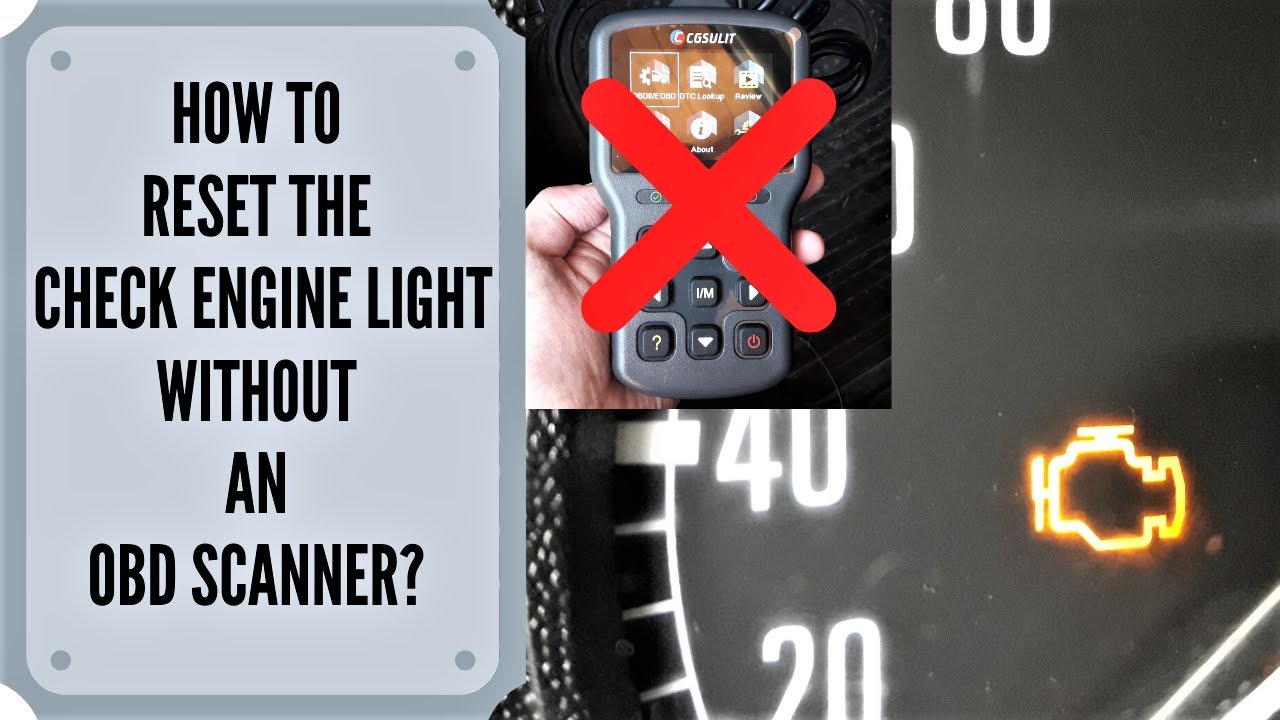Will Disconnecting Car Battery Reset Check Engine Light?
Yes, disconnecting the car battery will reset the check engine light (CEL).
The CEL is an indicator light that illuminates on the dashboard when the engine control module (ECM) detects a problem with the vehicle’s emissions control system.
The ECM monitors various sensors throughout the vehicle, and when it detects a problem, it will store a diagnostic trouble code (DTC) and illuminate the CEL.
Disconnecting the car battery will clear the DTCs stored in the ECM, which will turn off the CEL. However, it’s important to note that disconnecting the battery will not fix the underlying problem that caused the CEL to illuminate in the first place.
When should you disconnect the car battery to reset the CEL?
You should only disconnect the car battery to reset the CEL if you are sure that the underlying problem has been fixed.
If you disconnect the battery before fixing the problem, the CEL will simply illuminate again once the ECM detects the problem again.
Here are some reasons why you might need to disconnect the car battery to reset the CEL:
- You have replaced a faulty sensor or component.
- You have performed a repair that requires the ECM to be reset.
- The CEL is illuminating intermittently and you want to see if the problem has been resolved.
How to disconnect the car battery to reset the CEL
To disconnect the car battery, follow these steps:
- Turn off the engine and allow the vehicle to cool down.
- Open the hood and locate the battery.
- Disconnect the negative battery terminal (black cable) from the battery.
- Wait at least 30 seconds before reconnecting the negative battery terminal.
- Start the engine and check if the CEL is illuminated.
Conclusion
Disconnecting the car battery can be an effective way to reset the check engine light.
However, it’s important to note that this will not fix the underlying problem that caused the CEL to illuminate in the first place.
If you are experiencing a check engine light, it’s important to have the vehicle diagnosed by a qualified mechanic to determine the cause and appropriate repair.





